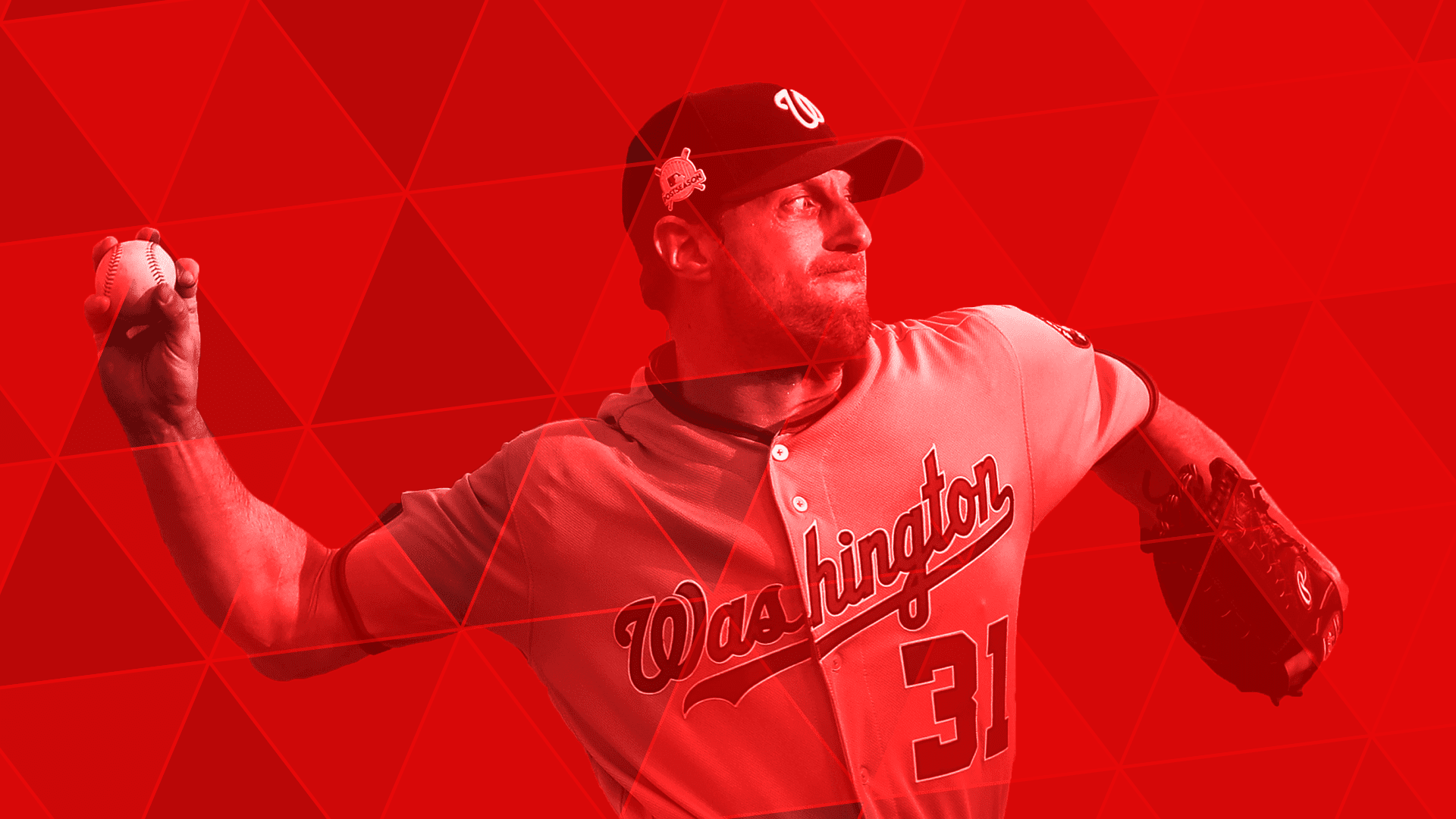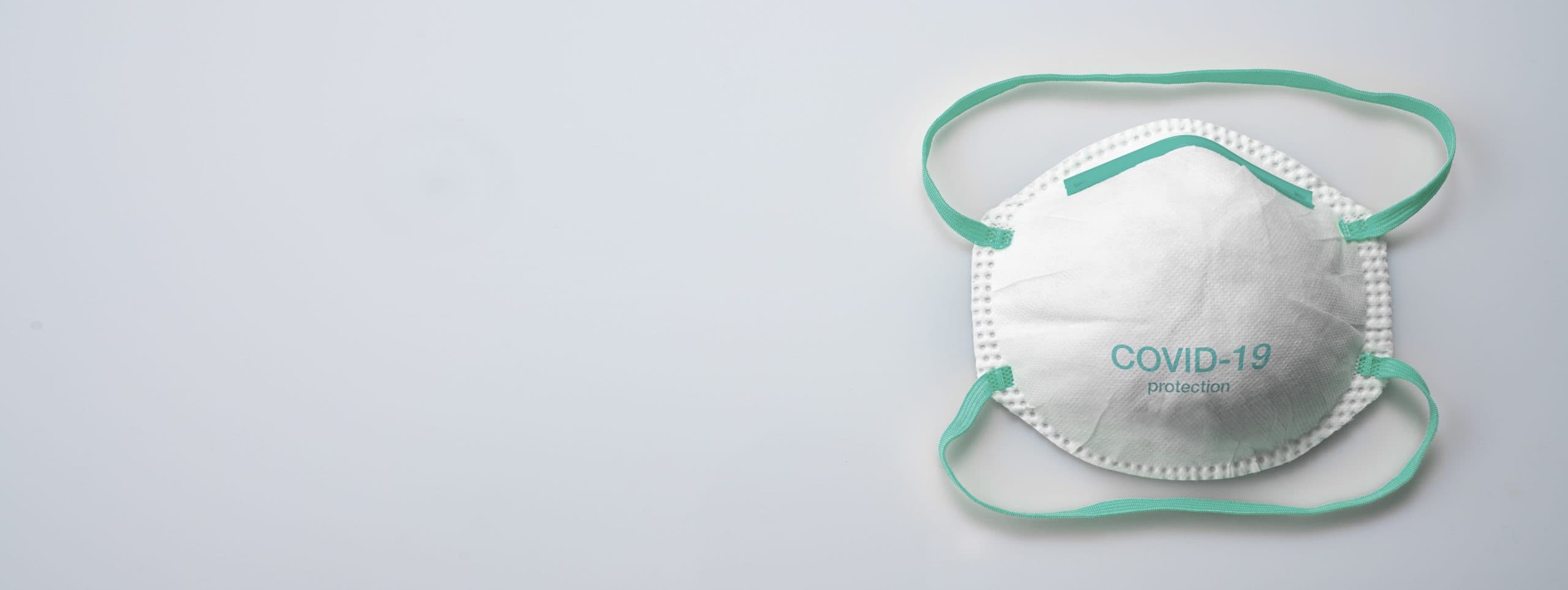gameSense Sports is pleased to be part of the Inaugural Techstars SportsTech Accelerator class.
To learn more about the
SportsTech Accelerator Program visit: https://www.techstars.com/accelerators/sportstech-melbourne.
The Techstars SportsTech Melbourne Accelerator
Inaugural Class
April 2,
2020
By Todd Deacon, Managing Director of Techstars SportsTech Melbourne
Techstars
SportsTech Melbourne Accelerator focuses on early-stage sports technology
companies that aim to disrupt and drive innovation in high performance sport,
grassroots participation, as well as event and media technology.
Our 2020
cohort is truly diverse. It boasts a global list of companies, ranging from
Australia, Spain, Germany, Austria, India, USA, and Canada. On top of this, our
founders hail from various backgrounds including sports science professors,
automotive engineers, film production, ex-athletes, photographers and
previously successful startup entrepreneurs.
Amidst the
current global climate, Techstars’ top priority is our network’s health and
safety. We will continue to do all we can to minimize the risks of COVID-19 and
work together to get through this worldwide crisis. We are actively adjusting
how our organization is operating, working hard to minimize disruption to our
programming and events. As part of these adjustments, we’ve decided to take the
necessary and responsible measure to ensure the safety of our founders and
mentors by delaying the official start of Techstars SportsTech Melbourne
Accelerator to June 1st.
At the same
time, we’ve selected the 10 companies that will be joining us for the inaugural
year of our program and we are thrilled to begin our work with them. Over the
course of the next 2 months we will be working with these companies to provide
programming, mentor connections and other resources between now and when
officially begin our program.
Like all
Techstars accelerators, our goal is simple – we will turbocharge our
companies’ development with their customer growth, fundraising, and other
fundamental business functions. Our corporate partners – Tennis Australia,
Victoria University and LaunchVic – share this vision, and we’re excited to
collaborate our resources together in helping build ten world class SportsTech
companies. Join us in welcoming the following companies to the Techstars
worldwide network.
MODU
MODU is
creating the first immersive network for visual and audial media. Captured and
created from any camera-enabled device in the world.
www.moduresearch.com
Elanation
ELANATION is
the largest e-learning sports app for children where they learn, share and
compete in fun physical activity skills each day. With over one thousand videos
produced by professional Olympians, athletes and coaches spanning 15+ sports,
daily fitness competitions, sports-watch integrations, weekly leaderboards,
social video sharing, health data and analytics, e-shopping and more.
https://www.elanation.com/
Swing Vision
Swing Vision
is a mobile A.I. platform for athletes, providing real-time video analysis and
coaching using proprietary machine learning and computer vision on just a
single smartphone.
https://swing.tennis/
Snapscreen Have you ever tried sharing what’s on
TV? Snapscreen is the sharing revolution for TV and streaming services,
enabling viewers to take a photo (or snap) of a TV with their mobile and
instantly get a broadcast quality clip to rewind, personalise and share
legally.
https://www.snapscreen.com/
A-Champs
A-Champs is
getting people of all ages and fitness levels to move with engaging training
solutions that are based on a unique mix of IoT tech, gamification and sports
science.
https://www.a-champs.com/
str8bat
str8bat (www.str8bat.com) is a Sport Tech company with a vision to democratize technology in
sports to empower all consumers who play sports to get better and help them
engage with peers and experts in a contextual manner. We capture
motion without cameras and have started with cricket as our first
line of business.
https://www.str8bat.com/
gameSense Sports
gameSense
Sports is an interactive HD video-based player sports training platform helping
both coaches & athletes (novice thru expert) to develop an entire team or
individual player’s fast reactive skills 500x more efficiently.
https://gamesensesport.com/
Fitmind
Fitmind is an AI-powered coach that improves youth athletes’
mental wellbeing and performance.
https://www.fitmind.app/
Tenx
TENX is a global tennis equipment Brand setting new benchmarks
in racquet playability and online price value.
www.tenxpro.com
MyFavorito
MyFavorito is a platform for digital sport sponsoring, fan
engagement and CRM. Solving the existential problem for sporting clubs
worldwide to become financially stable.
https://www.myfavorito.com/
For more information
visit: https://www.techstars.com/accelerators/sportstech-melbourne.









